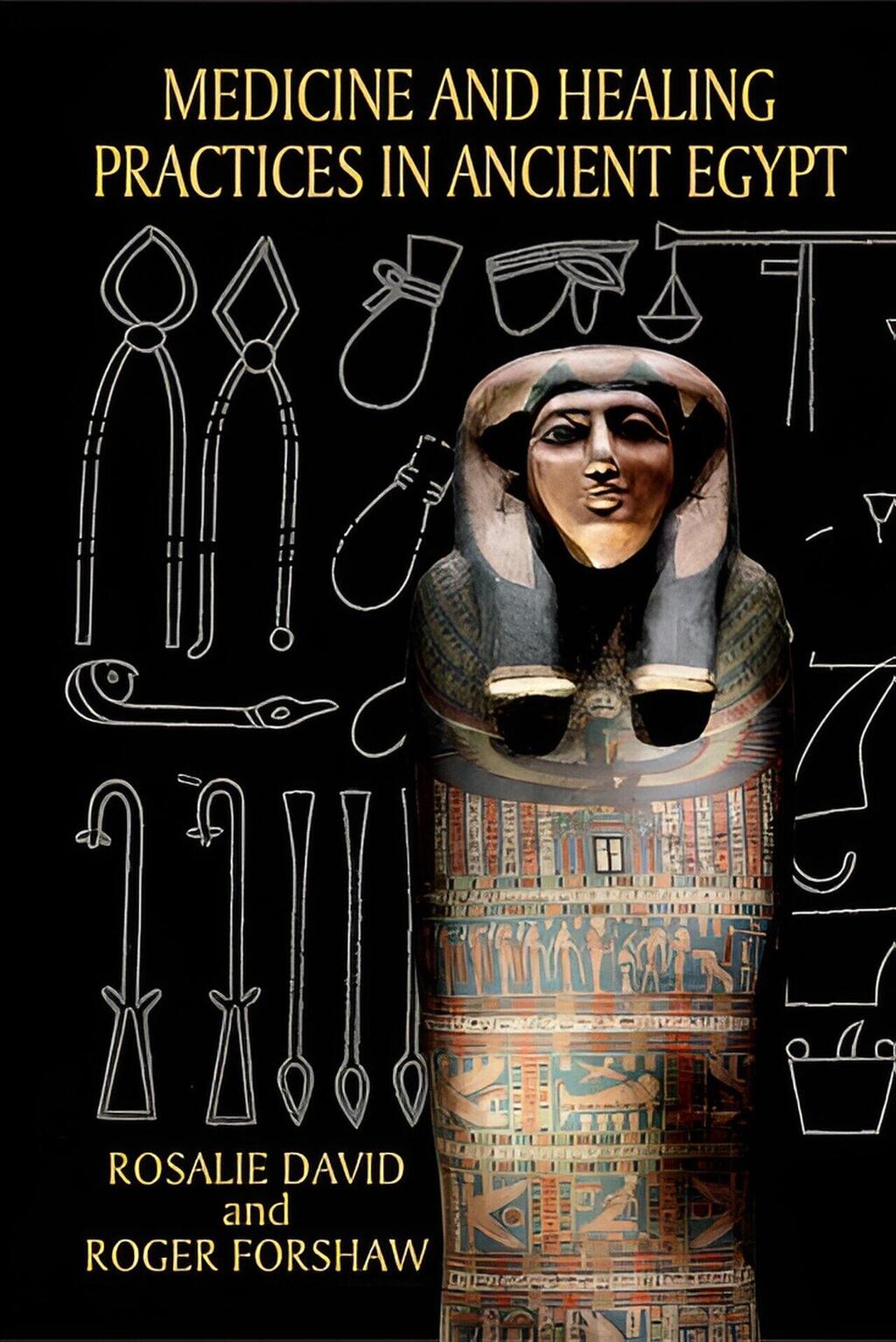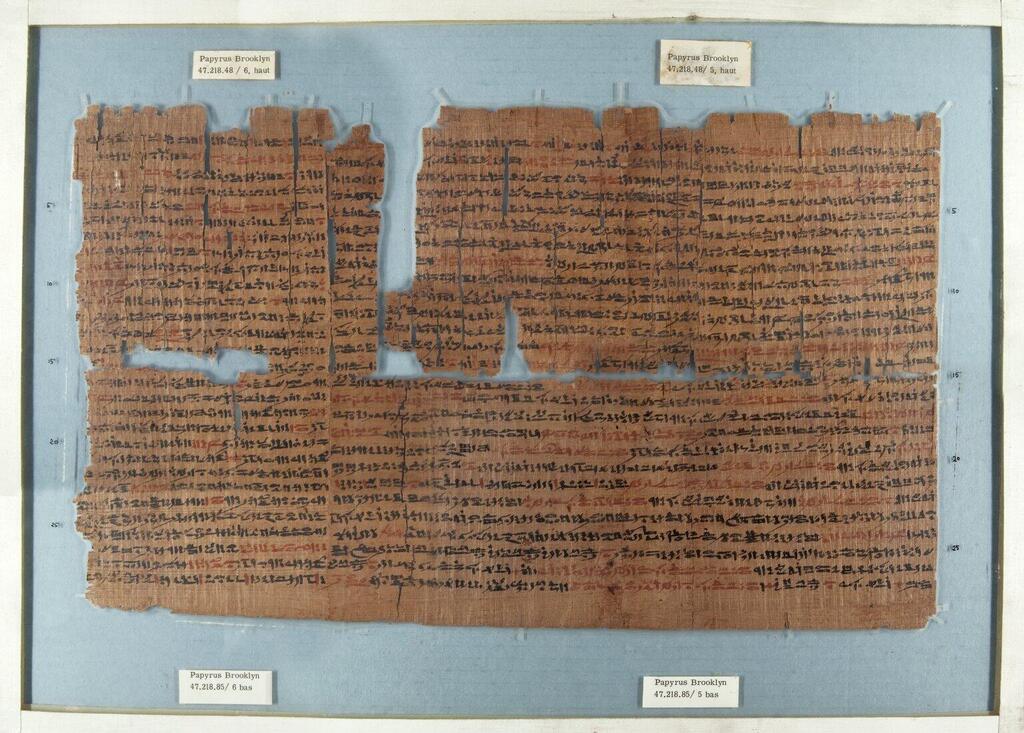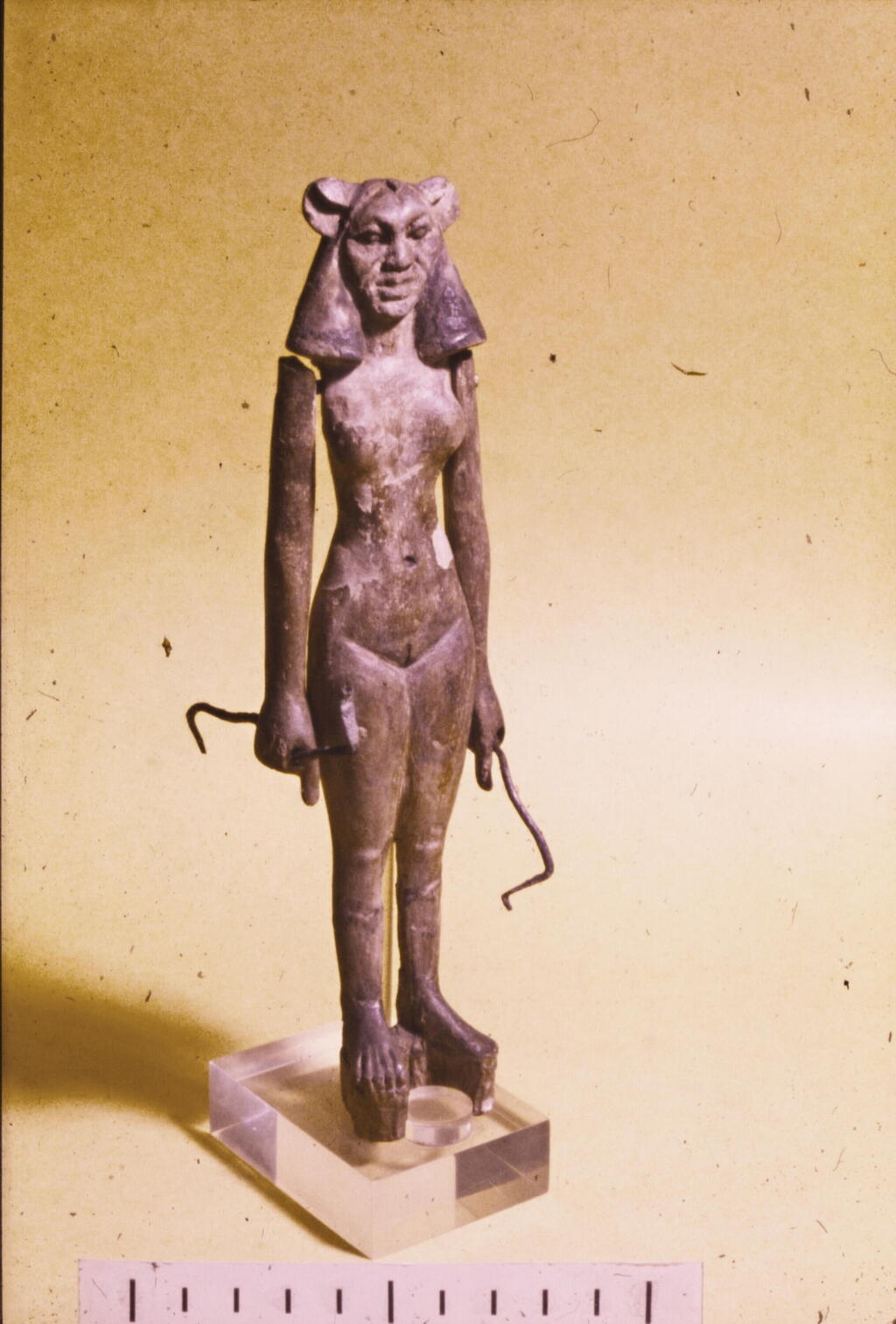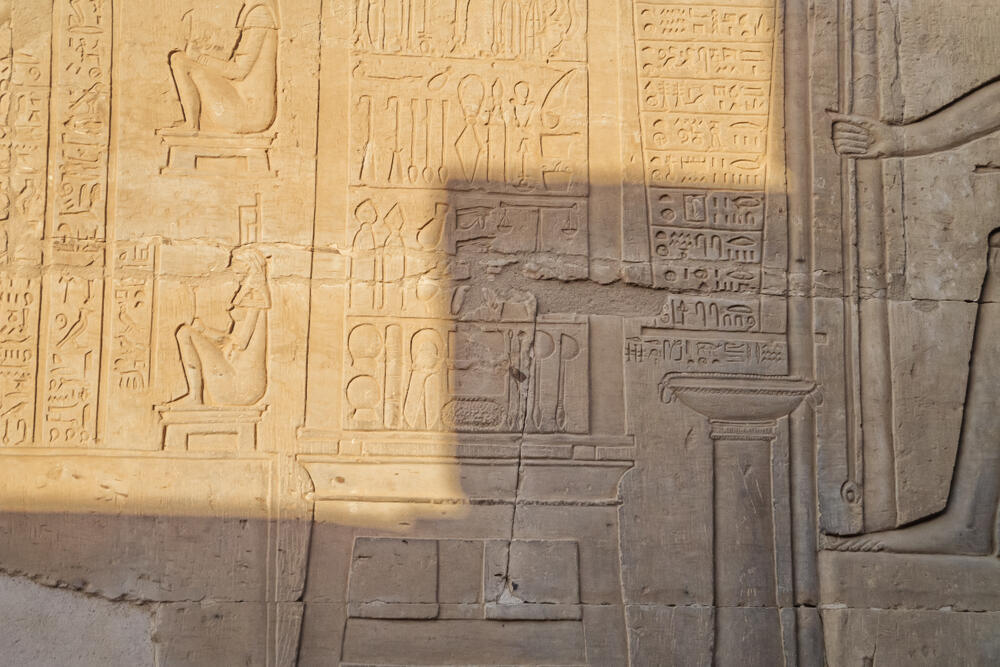The legacy of ancient Egyptian medicine continues to captivate and inspire researchers and medical practitioners in the present day. A recently published book sheds light on the experiences and perspectives of both healers and patients from that era. The authors of the book "Medicine and Healing Practices in Ancient Egypt," emphasize the vital importance of acknowledging and valuing the significant contributions made by ancient Egyptian medicine, as the skills and expertise demonstrated by healers over 3,000 years ago have left an enduring impact.
Read more:
During ancient times, medicine and pharmacy in Egypt were regarded as remarkably advanced. The physicians of that era possessed a high level of professionalism and medical knowledge, which is particularly impressive considering the innovative skills they developed.
The Monarch and the serpent
Cleopatra, one of Egypt's most revered and celebrated monarchs, would have been in safe hands if she really had been bitten by a snake, or affected by any number of illnesses, say University of Manchester Egyptologists.
In their groundbreaking book, "Medicine and Healing Practices in Ancient Egypt," Professor Rosalie David and Dr. Roger Forshaw present a unique perspective on the medical practices of ancient Egyptian doctors and the individuals under their care.
One of the highlights explored in this book is the detailed account of treatments for snake bites, as documented in the Brooklyn Papyrus. This ancient text, dating back to approximately 450 BCE, is one of the earliest surviving records on medicine and provides invaluable insights into the healing methods employed during that time.
Unveiling a wealth of knowledge, the publication by Liverpool University Press delves into various aspects of ancient Egyptian health care. Beyond the realm of conventional medical practices, this book explores how the ancient Egyptians approached issues related to old age, their attitudes toward deformity and disability, court-imposed punishments, the use of insecticides and pesticides, as well as the treatment of traumatic injuries.
In ancient Egypt, medical care was widely accessible to all, regardless of social status. Different treatments were administered in diverse settings, ranging from temple precincts to work sites and urban centers. This comprehensive study sheds light on the multifaceted nature of health care in ancient Egyptian society.
In order to protect themselves from the peril of snake and scorpion bites, the ancient Egyptians turned to their religious beliefs and sought the aid of deities connected to these animals.
They relied on the power of magical spells to both prevent and heal the effects of snake bites. However, alongside these mystical practices, more practical treatments were also employed, some of which could be quite painful, yet proved to be effective in combating the venomous effects.
Contrary to previous research conducted by Egyptologists at the University of Manchester, which debunked the notion that Cleopatra, the legendary ancient Egyptian queen, met her demise through a snake bite, it is evident that encounters with venomous snakes and scorpions were a common hazard in ancient Egypt, an area that at least in part included the Sahara desert, exactly where cold-blooded reptiles thrive.
Snake bite remedies of ancient Egypt
The Brooklyn Papyrus, an ancient scroll, provides invaluable insights into the various types of snakes that existed during that era, as well as the treatments employed to counteract their venomous bites. Additionally, the manuscript also contains remedies for combating the effects of scorpion and spider bites.
Among the measures described is a treatment known as the "knife treatment," which involved making incisions near the wound. This technique aimed to alleviate tissue fluid build-up and limit the absorption of venom.
Bandaging, on occasion, was recommended and used to retain specific medications rather than serving as a tourniquet to prevent the venom from spreading throughout the body.
In the arid landscapes of ancient Egypt, a remarkable substance called natron played a versatile role in the lives of the people. Derived from the saline lake beds, natron possessed unique properties that made it a valuable resource.
One of the remarkable attributes of natron was its ability to reduce swelling through osmosis, making it an early form of antiseptic for treating wounds and cuts. This natural compound was not only a beneficial aid in healing, but it also found application in various other domains.
Natron, a mineral salt found in dried lake beds, was extensively used in the meticulous process of mummification, where it played a vital role in preserving the bodies of the deceased. Additionally, it served as a preservative for fish and meat, ensuring their longevity and preventing decay. Its versatility extended beyond preservation, as it functioned as a household insecticide, safeguarding homes from unwanted pests.
Moreover, natron played a significant role in the leather-making process, contributing to the tanning and preservation of animal hides. It even found use as a powerful bleach for clothing, helping to maintain cleanliness and brightness.
"Throughout much of its history, ancient Egypt exerted considerable political, military and cultural influence over neighboring lands," said David, emeritus professor of biomedical Egyptology.
"The Egyptian health care system was advanced and successful, not least for devising innovative ways to treat snake bites and save lives. Its achievements although," widely praised in antiquity, are often not fully recognized today," she said.
"This ancient Egyptian medicine was even evident in medieval and later practices in Europe, and some aspects still survive today in modern 'Western' medicine," she added.





